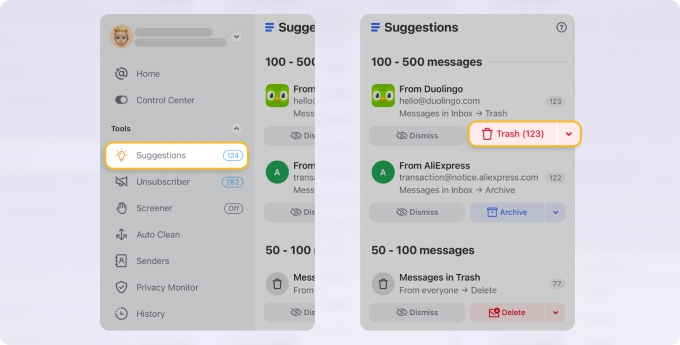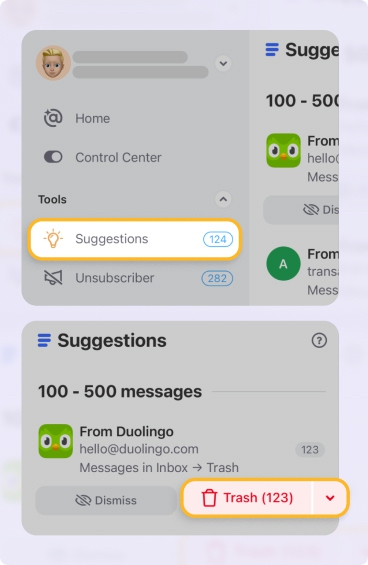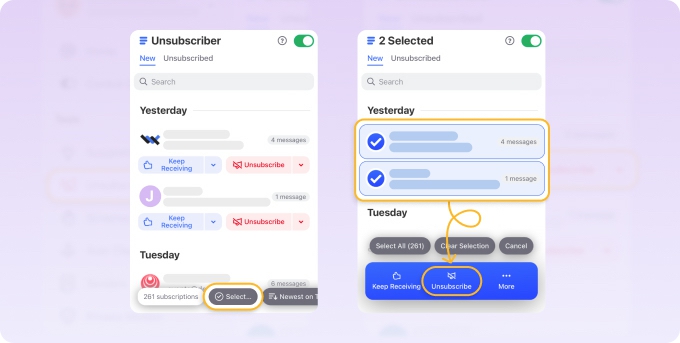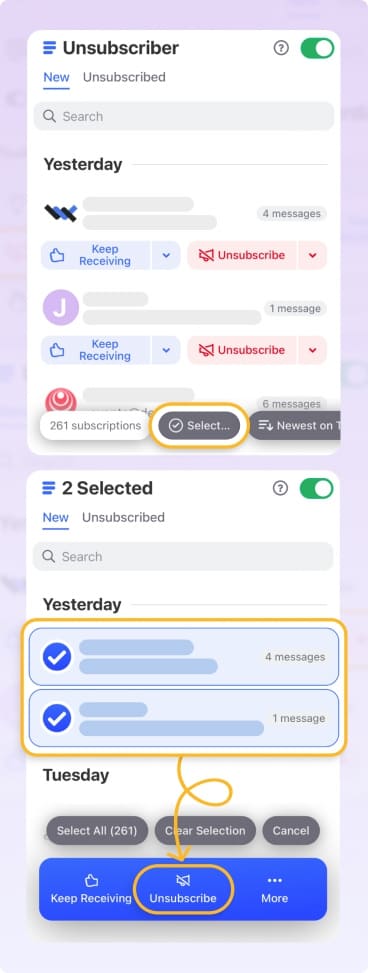PolarisMail SMTP Settings
SMTP settings are your outgoing mail server; this protocol is solely applicable to outgoing mail. With that, the following are the PolarisMail SMTP settings:
| Option | Description |
|---|---|
| SMTP Host: | smtp.emailarray.com |
| SMTP Port: | 465 SSL |
| SMTP Username: | Your full email address (name@domain.com) |
| SMTP Password: | Your email account password |
PolarisMail Server Settings For Receiving Emails
In contrast to the SMTP settings, the PolarisMail POP and IMAP settings are required to receive messages.
Below are the PolarisMail POP and IMAP settings, respectively:
PolarisMail POP Settings
| Option | Description |
|---|---|
| POP3 Host: | pop.emailarray.com |
| POP3 Port: | 995 |
| Requires SSL: | Yes |
| POP3 Username: | Your full email address (name@domain.com) |
| POP3 Password: | Your email account password |
PolarisMail IMAP Settings
| Option | Description |
|---|---|
| IMAP Host: | imap.emailarray.com |
| IMAP Port: | 993 |
| Requires SSL: | Yes |
| IMAP Username: | Your full email address (name@domain.com) |
| IMAP Password: | Your email account password |
PolarisMail: Clean Your Custom Domain Email Effortlessly
PolarisMail is known for its reliable IMAP support and email hosting for custom domains. But inbox clutter can build up fast if you don’t manage it regularly. That’s where Cleaning Suggestions come in—Clean Email learns your habits and recommends smart actions to keep your inbox organized.


If you have dozens of client or team messages, Sender Settings help you automatically archive, move, or delete messages from specific contacts. Great for freelancers or agencies using PolarisMail.
Unsubscriber works especially well if you’ve been added to multiple email lists after registering domains or services. One click, and you’re off them—and Clean Email can block them too.


Clean Email offers a powerful layer of automation for PolarisMail users. It’s built for people who value professional email with minimal daily management and maximum flexibility.
Useful Information to Remember
To use PolarisMail efficiently, remember the following:
- Always check the option to "Require authentication," also called "My server requires SMTP authentication," to be able to send emails.
- Basic email account is ideal for personal and small business usage. It includes a fully featured webmail, 30 days of backups, comprehensive Spam and Virus screening, whitelist and blacklist, aliases and forwards, distribution lists, SSL/TLS encryption, etc.
- The Enhanced mailbox is for professionals and includes all of the Basic Email features and extensive groupware sharing capabilities, such as the ability to share calendars and files across users or departments. Additionally, ActiveSync allows you to sync your email, calendar, notes, and contacts across your devices, including your computer, phone, and tablet.
Looking for Kolab Now settings or AT&T email settings? Our Blog's Email Settings category contains specs for all major mail service providers.
POP vs. IMAP Email Servers: How To Choose
Both POP and IMAP protocols retrieve emails from an email server so that you can read them on your device. These systems work with a desktop client application like Thunderbird, Outlook, Apple Mail, Spark, or something similar to connect to your mailbox.
POP was created for a simpler time when you only required one device to access your mailbox. Because constant internet access was not widespread, POP made sense for dial-up connections where you got online, did your work, and then disconnected.
💡 Note: Although POP offers some advantages in certain contexts, it is now essentially obsolete. Even if you leave a copy of the message on the server, it shouldn't get used for checking emails from numerous devices; thus, you can run into significant issues.
IMAP got established to provide access to emails saved on a remote server from anywhere in the world. The concept is to let many clients manage the same inbox, which is how most people use email nowadays. Because the emails and folder structure get saved on the server, you will see the same emails and folder structure whether you log in from your home or work computer. Moreover, you will not have to worry about misleading duplicated inboxes because your changes immediately sync to the server.
Finally, IMAP is better if you want to access your mailbox from various devices, such as a work computer and a smartphone; POP3 is better if you have one device and many emails.
In the end, IMAP is still the protocol of choice for the vast majority of people.
Please let us know, and we’ll fix them immediately.
PolarisMail Settings - FAQs:
Why am I not getting PolarisMail emails?
Check server routing and folder filters. Clean Email helps sort and display relevant mail.
Why are PolarisMail emails delayed or missing?
May be filtered by rules—Clean Email helps uncover these.
What is the PolarisMail SMTP server?
smtp.polarismail.net, Port 465 or 587 with SSL/TLS.
PolarisMail not sending—how to fix?
Check SMTP credentials and proper encryption.
What’s PolarisMail’s incoming mail server?
IMAP: imap.polarismail.net, Port 993.
What are PolarisMail IMAP settings?
imap.polarismail.net, Port 993, SSL required.
Where can I edit PolarisMail settings?
Via your PolarisMail admin dashboard or app.
What is the POP server for PolarisMail?
pop.polarismail.net, Port 995 with SSL.
Cannot send using PolarisMail server—why?
Authentication or port mismatch. Clean Email helps organize pending mail.
Is PolarisMail IMAP or POP3?
Both are supported—IMAP is preferred.